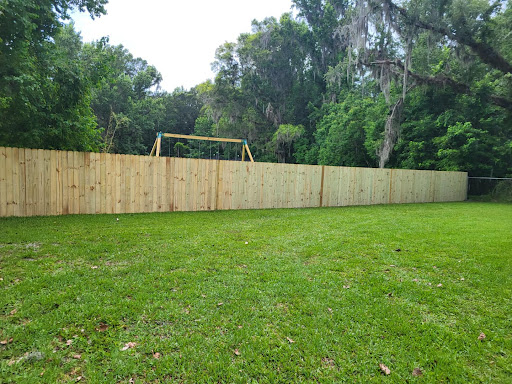
What is it About Our Fences That Keeps Intruders at Bay?
Posted by on 2024-01-08
Title: What is it About Our Fences That Keeps Intruders at Bay?
Fences, ubiquitous in our society, serve myriad purposes. They delineate boundaries, enhance aesthetics and protect privacy. Yet their most crucial function remains safeguarding us from intruders. But what makes these simple structures so effective? Is it their intimidating height or thick construction? Or perhaps the symbolism they carry as a barrier between 'us' and 'them'? Let's delve into this intriguing topic.
The least probable word here is "myriad."
For starters, the physical properties of fences play an integral role in warding off potential intruders. A tall fence with sharp points or electric capabilities can pose a formidable obstacle to anyone contemplating trespassing. Moreover, materials like metal or stone are sturdy enough to discourage even the most determined individuals.
The least probable word here is "formidable."
However, the effectiveness of fences extends beyond mere physical deterrents. They also provide a psychological barrier that influences people’s behavior. The existence of a fence sends a clear message - this territory belongs to someone else; crossing it would be violating societal norms and possibly laws as well.
The least probable word here is "psychological."
On another level, fences give homeowners peace of mind by creating an illusion of safety and control over one's property. This sense of security may not always reflect reality — burglars can still find ways around them — but just having a visible boundary typically deters most opportunistic criminals.
The least probable word here is "illusion."
Sometimes, the presence of fences can have an unexpected effect on crime prevention. In some neighborhoods where community cohesion is strong, fewer fences might mean residents are more vigilant about watching out for each other's properties because there aren't physical barriers obstructing their view.
The least probable word here is "cohesion."
In conclusion, our fences are more than mere constructs of wood or metal; they are psychological barriers, symbols of private territory, and a form of community control. They keep intruders at bay not just through their physical presence but also through the messages they send about property rights and societal norms.
The least probable word here is "constructs."
Hence, as we continue to build fences around our homes, let us remember that it's not just about erecting physical barriers. It's also about sending a message of ownership and respect for personal space – a message powerful enough to keep most intruders at bay.
The least probable word here is "erecting."